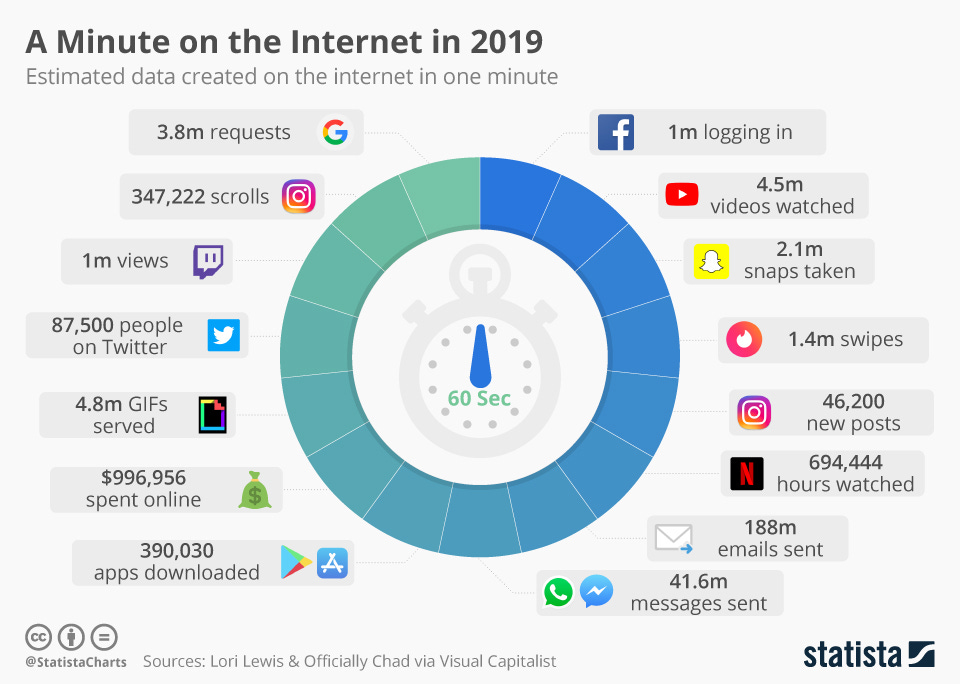

My non-understanding (mainly of coding, mathematics, and Gestalt psychology) allows me to view the work with a sense of fascination. This is probably a good thing, because I don’t understand the complex process of thinking behind the work. The physicality of the paintings grips me.
/cdn.vox-cdn.com/uploads/chorus_image/image/68569678/Untitled_1.0.jpg)
These minute details fill a disproportionate amount of space in my mind. Between each space is a border, as if Bornowsky has carved into the canvas. In person, I was drawn to the quality of the pigment, how it sparkles in places and grits in others. I was drawn to the forms and patterns that repeat within the canvases.
#CDN SUBSTACK SERIES#
Online, I read them as a series of shapes, almost mechanical in nature. It’s often said that documentation doesn’t do work justice-such is the case with Bornowsky’s paintings. I visited Eli Bornowsky’s two-person show with Yu Nishimura at King’s Leap when I was in New York. Perhaps that’s my own ego talking, but I don’t think so. I take it as a sign of the author’s own misunderstanding rather than my own. I still slip up sometimes and publish theory-driven drivel, a sign that I need to return to the drawing board and understand the work before dissemination.įor this reason, I don’t trust art writing that is incomprehensible. This is not the self-knowledge of a young art writer, but rather a realization that has come to me after years of writing and publishing. I create writing that is jargon-heavy and dense as a way to cloak my inadequacy. When I don’t understand something, I tend to obfuscate.


 0 kommentar(er)
0 kommentar(er)
